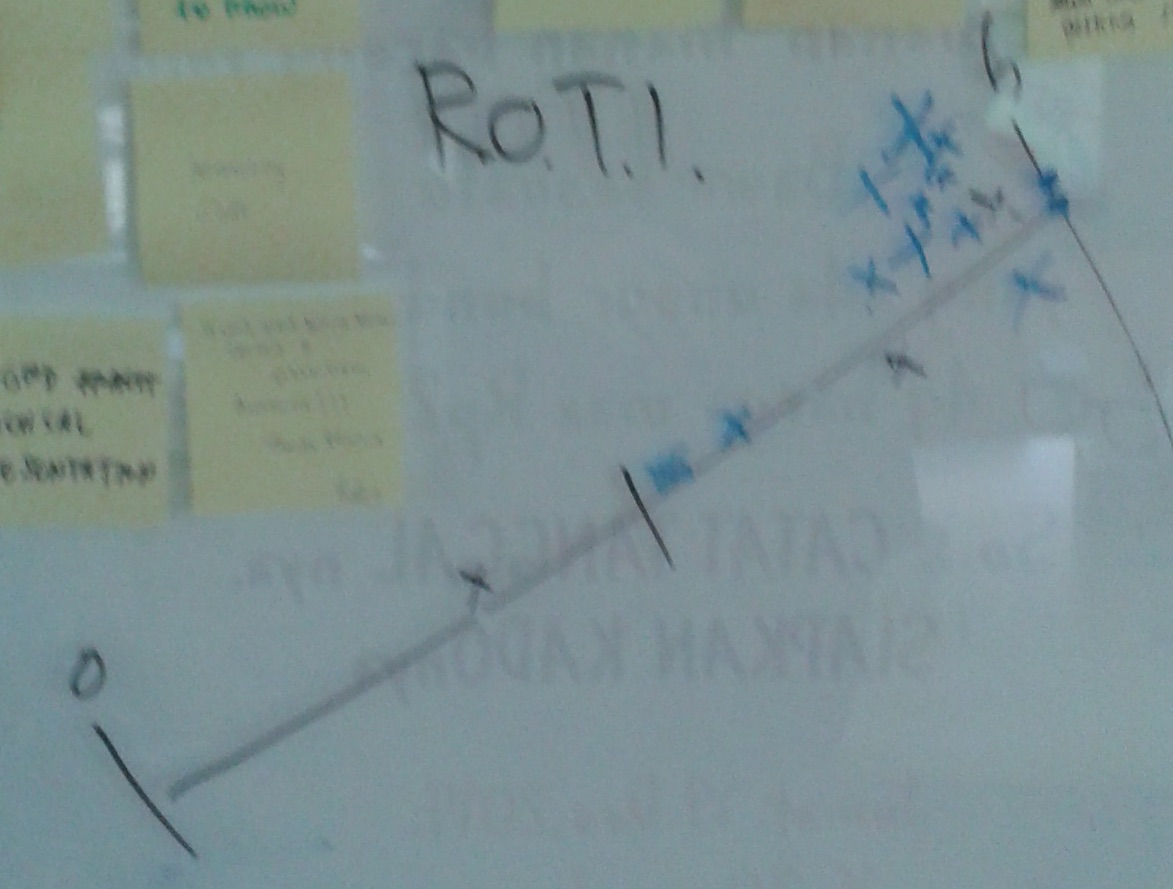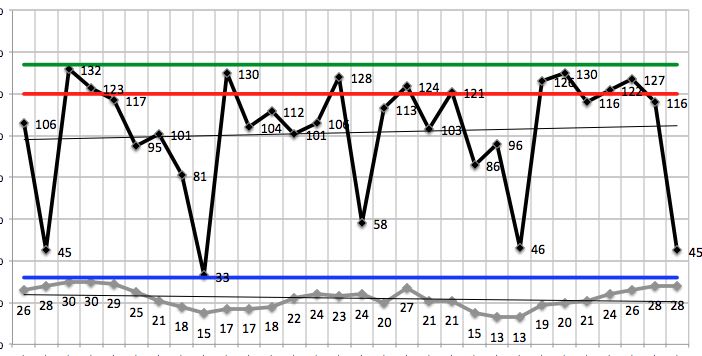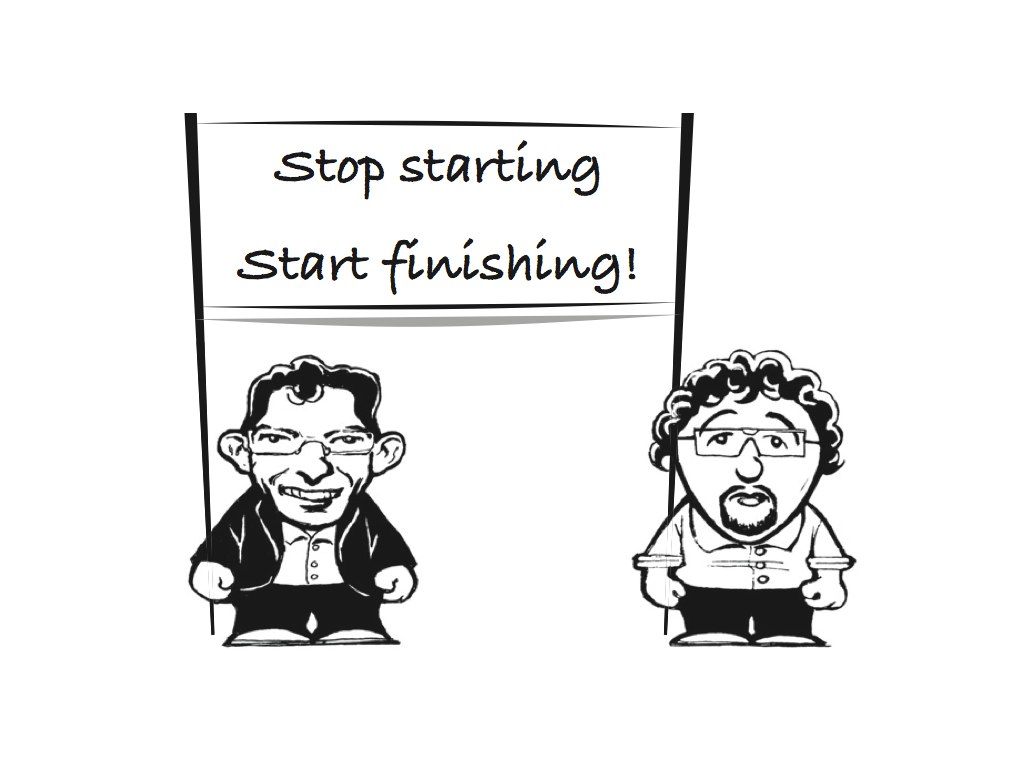Ferguson never touched the ball
December 23, 2014
I’m a coach for teams and organizations. At many of my clients I don’t do anything… Or I’m not typing code maybe is a way of formulating it since I’m very much involved in what goes on (and I also want other companies to hire me).
But really I’ve had a hard time to come to grips with what I’m really doing. Many days is just listening (really just that) or maybe make sure that two people talk. Other days it might be sitting down with someone and think. Or redraw a board that we decided to do but everyone found to boring. I’ve also done training, or suggested other trainers to come by or even suggested that we’d just try something new, like mob programming.
But I’m quite often not very busy and when you look back in what is produced it’s hard to see my foot print...
 Because there’s one thing...
Because there’s one thing...
 Now, if there ever was a book that filled a need this is it! I cannot count the number of teams and companies that have struggled to get user stories right - this book is packed with practical, solid, experienced based advices on how to improve how you use user stories to your advantage.
Now, if there ever was a book that filled a need this is it! I cannot count the number of teams and companies that have struggled to get user stories right - this book is packed with practical, solid, experienced based advices on how to improve how you use user stories to your advantage. ROTI (which in Indonesian means bread…...
ROTI (which in Indonesian means bread…...
 Lately I started to see a trend about how the patients is spread. Here’s a typical month. See how the Sundays is really bad (yeah, that’s the super low points). But there’s another trend here. The weeks keeps falling - I thought at least. The Mondays are always best and the number of served patients gets lower and lower.
Lately I started to see a trend about how the patients is spread. Here’s a typical month. See how the Sundays is really bad (yeah, that’s the super low points). But there’s another trend here. The weeks keeps falling - I thought at least. The Mondays are always best and the number of served patients gets lower and lower. The “Stop starting - start finishing”-slogan has been the call to action for kanban practitioners for a long time. In Stockholm there’s even a conference each year named just that. And we used it as our first picture in
The “Stop starting - start finishing”-slogan has been the call to action for kanban practitioners for a long time. In Stockholm there’s even a conference each year named just that. And we used it as our first picture in